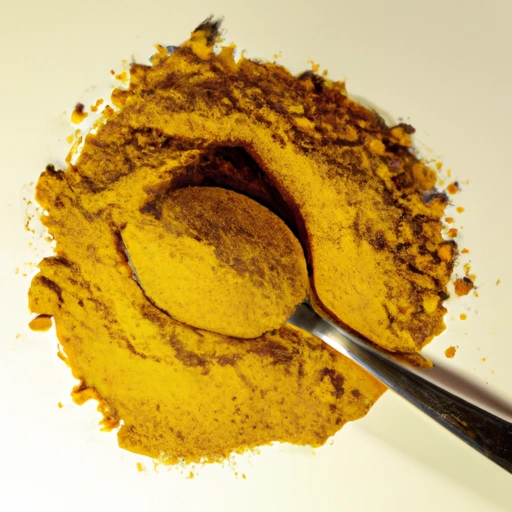Curry
Description

Curry is not just a single spice, but rather a combination of several spices that vary widely by region and individual preference. The term 'curry' can refer to the spice mixture itself, as well as to dishes that have been flavored with a curry spice blend or curry sauce. Originating from South Asia, curry has gained immense popularity all over the world and has been integrated into numerous cuisines. Curries can be complex and aromatic, with depth of flavor that can range from subtly spiced to intensely hot.
Common uses
Curry is commonly used to add depth and flavor to soups, stews, sauces, marinades, meat dishes, and vegetarian preparations. Its versatility allows it to be incorporated into a range of recipes, from traditional Indian curries to modern fusion dishes. Curry powder often serves as a quick and convenient way to impart the characteristic curry flavor to a dish without the need for numerous individual spices.
Nutritional value
Calories
Curry powder is relatively low in calories, with about 20 calories per tablespoon (6 grams/0.2 oz).
Protein
Curry powder contains about 0.8 grams (0.03 oz) of protein per tablespoon.
Fat
Most curry powders have a negligible amount of fat, typically less than 1 gram (0.04 oz) per tablespoon.
Carbohydrates
Curry powder has about 3.5 grams (0.12 oz) of carbohydrates per tablespoon, the majority of which comes from dietary fiber.
Vitamins
Curry powder is a source of several vitamins, particularly vitamin E and vitamin K, as well as B-vitamins in smaller amounts.
Minerals
Curry powder contains a variety of minerals, including potassium, calcium, magnesium, and iron.
Health benefits
Curry spices have been associated with numerous health benefits, including anti-inflammatory properties, potential to boost brain health, aid in digestion, and provide antioxidant benefits due to the presence of compounds such as curcumin in turmeric, which is a common ingredient in curry blends.
Potential risks
Overconsumption of curry, especially in dishes high in fat or sodium, can lead to health issues. Additionally, some individuals may experience allergic reactions to certain spices used in curry blends, and others may find the spiciness of certain curries to be irritating to the digestive system.
Common recipes
Curry is used in a plethora of recipes worldwide, including traditional Indian curries like Chicken Tikka Masala and Rogan Josh, Thai curries such as Green Curry and Red Curry, and Western adaptations like currywurst and curried soups.
Cooking methods
Curry can be used in various cooking methods, including sautéing, simmering, and marinating. It can be added at the beginning of cooking to develop flavor or at the end for a more pronounced taste.
Pairing with other ingredients
Curry pairs well with rice, breads like naan or roti, coconut milk, vegetables, legumes, and proteins such as chicken, beef, lamb, and tofu.
Summary
Curry is a versatile spice blend with a rich history and wide appeal. Its complex flavors can enhance a variety of dishes, offering both nutritional benefits and a wealth of culinary possibilities. When used in moderation, curry can be a healthful addition to a balanced diet, though individuals should be mindful of any potential risks associated with its consumption.